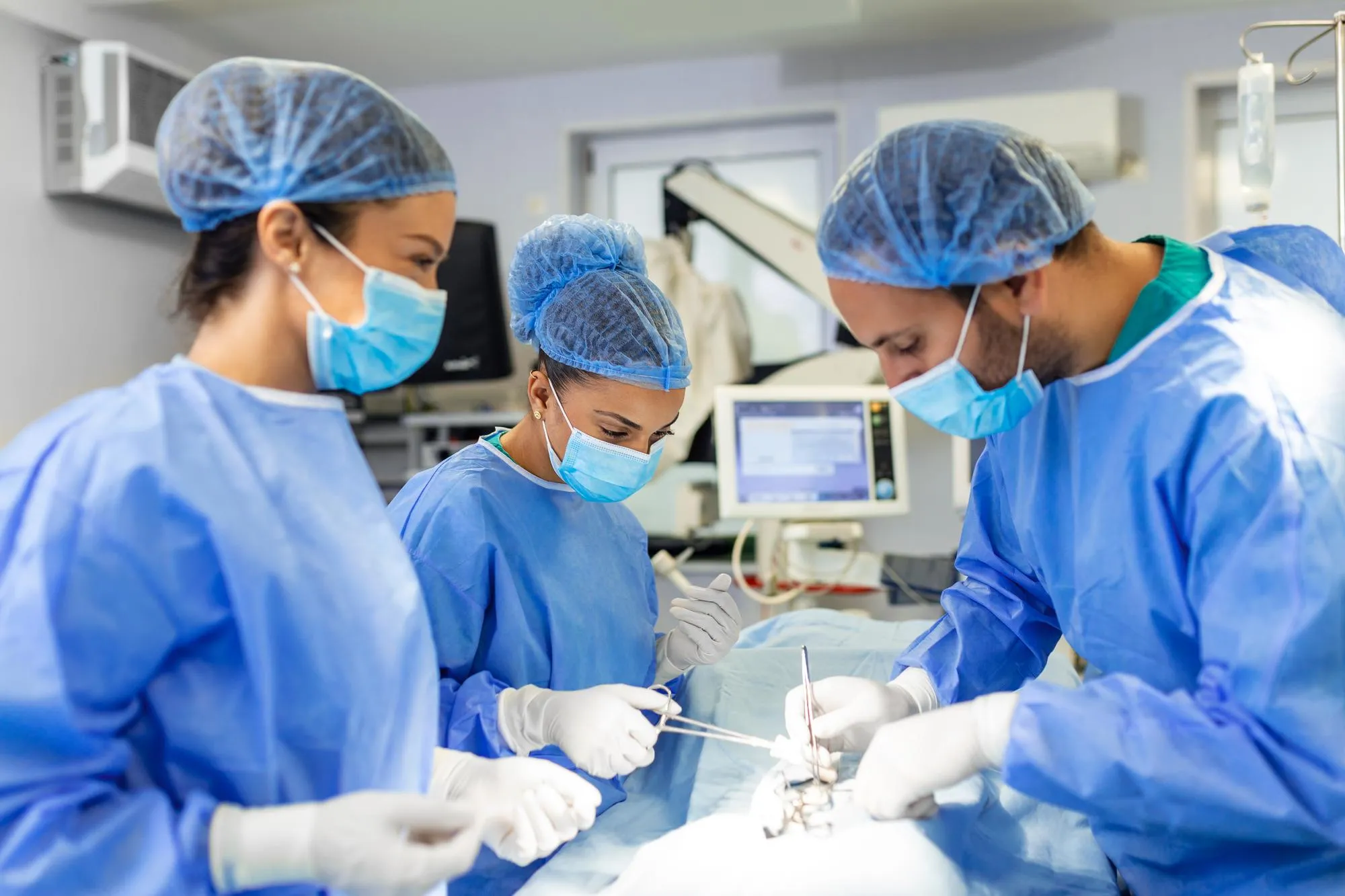Keywords
1. Laparoscopic Pancreaticoduodenectomy
2. Minimally Invasive Surgery
3. Pancreatic Cancer
4. Surgical Innovations
5. Patient Outcomes in Pancreatic Surgery
Introduction
Recent advancements in surgical methods have significantly improved patient outcomes, particularly in challenging abdominal procedures like pancreaticoduodenectomy. The evolution of laparoscopic pancreaticoduodenectomy (LPD) marks a paradigm shift in the surgical management of pancreatic neoplasms. Despite being subject to controversies and slow development initially, LPD is increasingly being recognized for its strengths and potential future directions in the medical field. This article delves into the intricacies of LPD, examining its comparative advantages and concerns in relation to open pancreaticoduodenectomy (OPD), and explores where this surgical technique is headed.
Background
Pancreaticoduodenectomy, also known as the Whipple procedure, is a complex operation typically conducted to treat pancreatic head cancer and other related disorders. The first reported LPD occurred in 1994, however, initial adoption was slow, marred by skepticism and technical limitations. Over the past decade, several breakthroughs in laparoscopic technologies and surgical expertise have led to a reconsideration of its role in pancreatic surgeries.
Strengths of LPD
Laparoscopic approaches in surgery have been associated with a number of benefits compared to their open counterparts. These include reduced postoperative pain, quicker recovery times, and a decrease in surgical site infection rates. Furthermore, high-definition laparoscopy and advanced laparoscopic instruments have contributed to the increased precision and safety of LPD.
LPD provides improved intraoperative visualization, leading to potentially better dissection and decreased blood loss. The minimally invasive nature of LPD also leads to smaller incisions, resulting in reduced postoperative discomfort and faster mobilization. Finally, the aesthetic outcome of the smaller scars can provide a psychological benefit for patients.
Weaknesses of LPD
One of the main concerns surrounding LPD is its steep learning curve, which can be daunting for surgical teams new to the procedure. It takes significant training and experience to achieve competency, which can be a barrier to widespread adoption.
Another issue is the length of the surgical procedure. LPD usually takes longer to perform than OPD, although the gap narrows with increasing surgeon experience. The longer duration of the operation can lead to increased potential for intraoperative complications.
Additionally, concerns about the oncological adequacy of LPD exist. Surgeons must ensure that the same principles applied in open surgery for cancer control are maintained with the laparoscopic approach. Proper selection of patients for LPD is also crucial, as not all cases are suitable for a laparoscopic approach.
Comparative Studies
Studies comparing LPD to OPD regarding operative and postoperative outcomes have shown divergent results, mostly favoring LPD for short-term benefits. However, the long-term oncological results require more rigorous, controlled investigation. The current evidence base consists of observational studies and limited numbers of randomized controlled trials, highlighting the need for further large-scale studies to evaluate the effectiveness and safety of LPD fully.
Cost Analysis
The cost-benefit ratio of LPD is an area of active discussion. While initial equipment expenses and longer operative times suggest that LPD is more costly, the reduction in hospital stay, earlier return to daily activities, and decreased morbidity may offset these costs over time.
Future Directions
Future directions of LPD revolve around ongoing technology enhancements, such as robotic-assisted surgeries, which can offer even greater precision, flexibility, and control during the procedure. Technological advancements may contribute to decreasing the operative time and making the technique accessible to more surgeons.
More comprehensive training programs and fellowships in minimally invasive pancreatic surgery are essential for expanding the adoption of LPD. As experience is accumulated, the learning curve is expected to flatten, making procedures quicker and more routine.
Conclusion
Laparoscopic pancreaticoduodenectomy represents a significant milestone in the evolution of pancreatic surgeries. The strengths of LPD, including less invasiveness and shorter recuperation times, make it an appealing option for suitable patients. As the surgical community continues to perfect this technique and accumulate evidence of its efficacy and safety, it may become the standard of care for resectable pancreatic neoplasms.
The shift towards LPD is indicative of a broader movement in medicine toward procedures that are less burdensome on the patient while maintaining high standards of care. As research advances and the global medical community becomes further equipped with knowledge and tools, the day when LPD becomes the norm for pancreaticoduodenectomies may be just around the corner.
DOI: 10.3881/j.issn.1000-503X.11021
References
1. Wang F, Shang ZH. Laparoscopic Pancreaticoduodenectomy: Strength, Weakness, and Future Directions. Acta Academiae Medicinae Sinicae. 2019 Apr 28;41(2):267-272. DOI: 10.3881/j.issn.1000-503X.11021.
2. Palanivelu C, Jani K, Senthilnathan P, Parthasarathi R, Rajapandian S, Madhankumar MV. Laparoscopic pancreaticoduodenectomy: Technique and outcomes. Journal of the American College of Surgeons. 2007 Aug;205(2):222-30.
3. Kendrick ML, Cusati D. Total laparoscopic pancreaticoduodenectomy: feasibility and outcome in an early experience. Arch Surg. 2010 Jan;145(1):19-23.
4. Gagner M, Pomp A. Laparoscopic pylorus-preserving pancreatoduodenectomy. Surg Endosc. 1994 May-Jun;8(5):408-10.
5. Adam MA, Choudhury K, Dinan MA, Reed SD, Scheri RP, Blazer DG 3rd, Roman SA, Sosa JA. Minimally invasive versus open pancreaticoduodenectomy for cancer: practice patterns and short-term outcomes among 7061 patients. Ann Surg. 2015 Jul;262(1):372-7.
